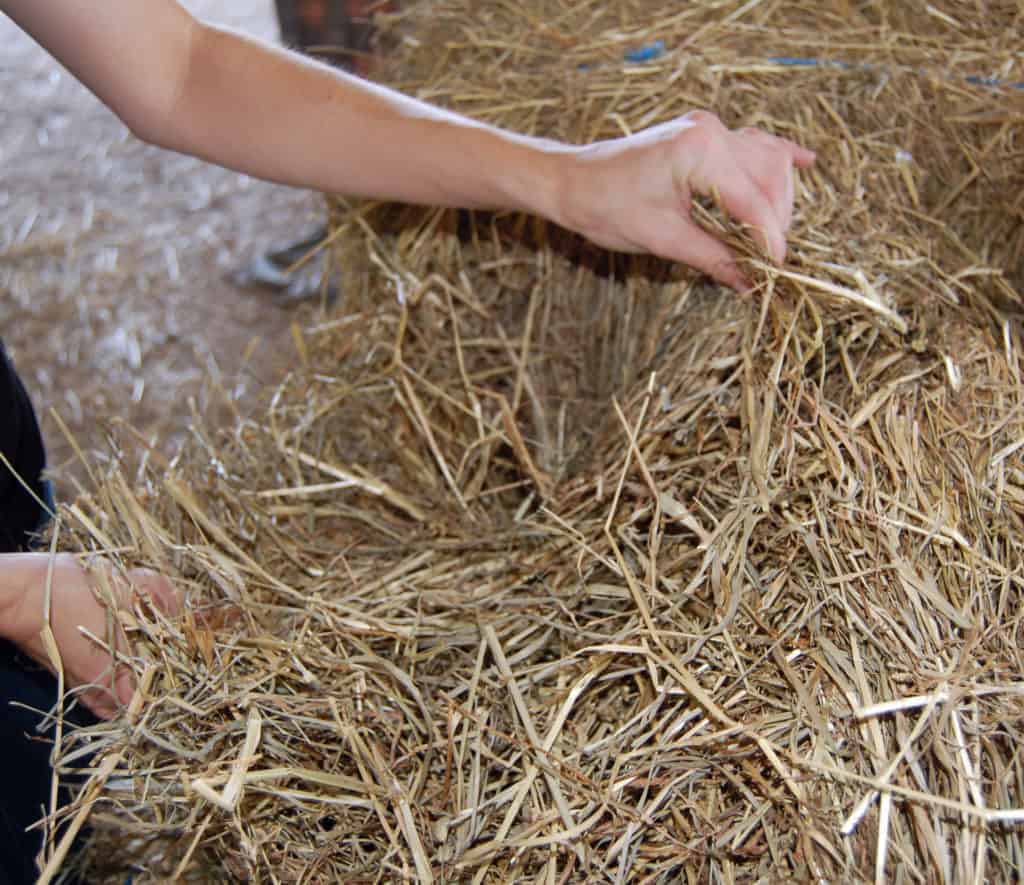
Cushing’s Disease and Equine Metabolic Syndrome
Three veterinarians discuss the challenges of properly diagnosing and treating/managing horses afflicted with equine Cushing’s disease, equine metabolic syndrome, and associated laminitis.

Three veterinarians discuss the challenges of properly diagnosing and treating/managing horses afflicted with equine Cushing’s disease, equine metabolic syndrome, and associated laminitis.
“Cushing’s Disease and Equine Metabolic Syndrome” was presented by three authorities on the topics.

Endocrinopathic laminitis might be more common in horses affected by endocrine disease than once believed.

According to one team of researchers, WSC reduction varies depending on how long the hay is submerged.
Two equine researchers were presented today with the inaugural 2011 EQUUS Foundation Research Fellowships.
The International Equine Conference on Laminitis and Diseases of the Foot features an expanded poster session.
The Arabian Horse Foundation released summaries of the research projects the organization funded in 2011.

What is the difference between these three potentially confusing conditions?

Is inflammation involved in chronic laminitis development in horses with equine metabolic syndrome?

Adjusting what a horse consumes can help prevent or squelch some equine ailments.
As lush summer grass grows, unfortunately so does your horse’s risk for laminitis.
The Arabian Horse Foundation (AHF) has announced $12,500 in equine research funding for 2011. The latest round
The American Quarter Horse Foundation will fund two equine research projects at the University of Kentucky
The Equine Cushing’s and Insulin Resistance Group (ECIR Group) recently announced plans for the First Annual No Laminitis! Conference to take place on Aug. 5-7, 2011, hosted by Black Horse Consulting in conjunction with DeMario Farms of Chittenango,
I have 9-year-old Belgian gelding that I’m trying to slim down for showing this summer, but I do want to make sure he is getting all of his nutritional requirements, especially for the winter. Can you give me some ideas for a feeding regimen?

Learn about equine metabolic syndrome and its relationship to laminitis, recognizing and managing at-risk horses to prevent laminitis, and more with Dr. Raymond Geor of Michigan State University.
Stay on top of the most recent Horse Health news with
"*" indicates required fields